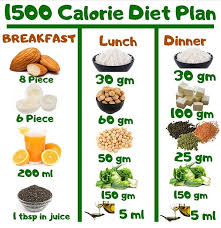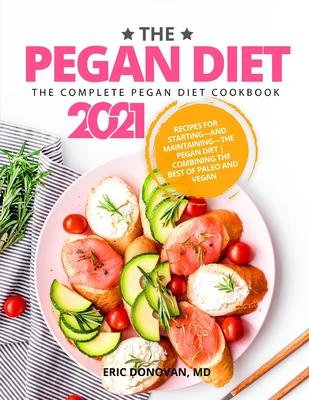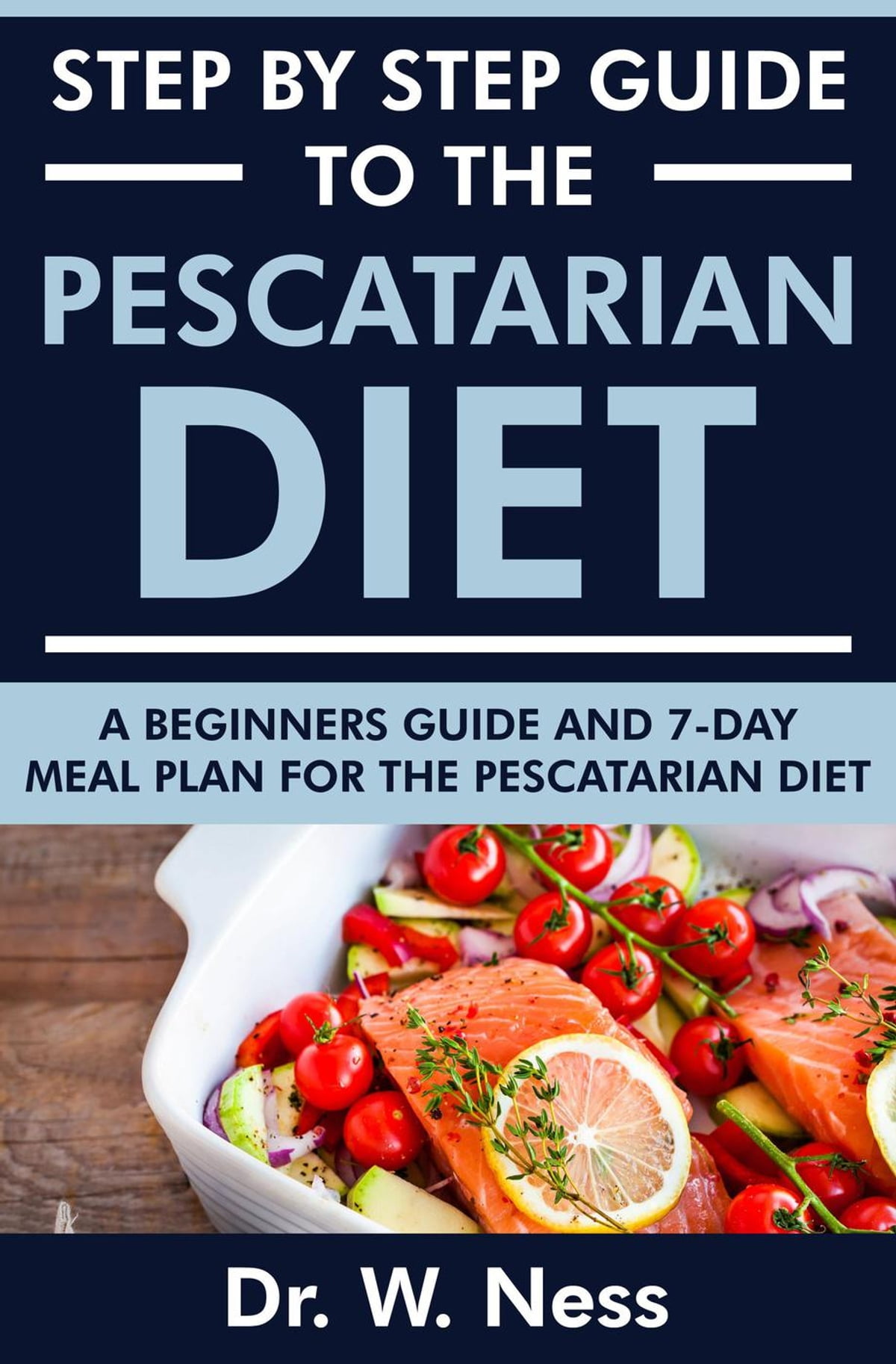
What are the health benefits of a raw food diet? What are the potential risks? These are just a few reasons to eat raw foods. Raw food isn't just good for your health. It also comes at a price. You must be willing to pay high prices for a raw food diet. But it's worth it in long-term. A raw food diet offers more benefits than disadvantages.
Raw food foods
Many raw food diet recipes use fruits and vegetables. These meals can be served as breakfast and are very tasty. These meals can be made even more delicious by adding a little cheese or nut-butter to them. Smoothies are an excellent way to get this diet while still enjoying all your favourite comfort foods. You can make a smoothie with many ingredients.
A raw food diet has one major drawback: limited food options and the difficulty of preparing them. The food preparation and cooking process will bore you. While this might not be a problem for you in the immediate term, it could end up being detrimental for your health in the long-term. Fresh, raw foods are important for your diet. These are just two of many benefits of a raw-food diet. You can try it for one week and then go back to your normal eating habits.

Health benefits
It is possible to wonder if raw food has any health benefits. Although it may seem obvious, there are many benefits to raw food. Raw foods will give you more energy. You might notice a better complexion and more energy. You may lose weight. However, there are a few things to consider before you start a raw food diet. Raw animal products should be avoided if you have any digestive issues.
For your daily food choices, ensure you only choose organic and locally grown produce. Avoid non-organic produce as it can be loaded with pesticides or toxins. You should also avoid raw meat if possible, as it can contain bacteria and parasites. The best raw food diet for fruitarians is the one that provides all of the health benefits.
Health risks
There are numerous health risks associated with eating raw meat, fish, and poultry. Raw animal products may contain bacteria or be contaminated. Raw meats like chicken, pork, beef and other poultry can be hazardous. Raw meats are generally safe. However you should wash your fruits and veggies thoroughly before consuming them. Raw meat can cause stomach problems and even severe infections. These risks should be considered before committing to a raw-meat diet, especially for pregnant women, young children, and people with weak immune systems.
According to the CDC Salmonella is responsible in more food-borne infections than any other bacteria. One in 25 chicken packages purchased at a grocery store is contaminated. Raw chicken can cause food poisoning whether it has been contaminated by the chicken's processing or by simply contaminating surfaces in your kitchen or fridge. Remember that chicken juices can also contaminate other foods, so it is important to keep your chicken cooked properly.

Cost
How you prepare your meals can impact how much it costs to eat raw. Superfoods, supplements, and even buying organic can add up fast. You may end up spending more money than your budget allows. These are some ways to save money on raw food. It is important to select food that is fresh and in season. This will reduce food waste, and increase the nutritional content of your meals. Second, make sure to shop in bulk. Numerous stores offer bulk discounts when you order large quantities.
You can also shop at organic grocery shops to lower the cost of raw food. Raw foods are usually cheaper than cooked food. While raw food is more healthy for your pet than cooked, it can still be costly to prepare your own food. Raw foods require more preparation time than cooked ones. You can also purchase sprouting, germinating and dehydrating nuts. You can also buy whole premade meals, which can save you money and time.
FAQ
What is the difference between a calorie or a kilocalorie.
Calories are units that measure the energy content of food. Calories are a unit of measurement. One calorie represents the energy required to raise one gram of water's temperature by one degree Celsius.
Kilocalories are another term for calories. Kilocalories measure in thousandths (or calorie) of a calorie. 1000 calories are equal to one kilocalorie.
What's the difference between a virus & a bacterium?
A virus is an organism microscopic that can't reproduce outside its host cells. A bacterium can be described as a single-celled organism which reproduces by splitting in two. Viruses have a very small size (approximately 20 nanometers), while bacteria can grow to a maximum of 1 micron.
Viruses can spread from contact with bodily fluids that are infected such as saliva, urine or semen. Bacteria can easily be spread from direct contact to contaminated objects and surfaces.
Viral infections may enter the body through cuts, scrapes. bites and other skin breaks. They can also be transmitted through the eyes, nose, mouth, ears, vaginal, rectum, and anus.
Bacteria can get into our bodies through cuts, scrapes and burns, insect bites, or other skin breaks. They can also get into our bodies via food, water or soil.
Both viruses and bacteria can cause illness. Viruses can not multiply in the host. So they only cause illnesses when they infect living cells.
Bacteria can grow in their hosts and cause disease. They can invade other areas of the body. They can even invade other parts of the body, which is why antibiotics are necessary to eradicate them.
How can I tell what is good for me?
Listen to your body. Your body knows what you need when it comes time to eat, exercise, and get enough rest. You need to be aware of your body and not overdo it. Listen to your body and make sure you're doing everything you can to stay healthy.
Why should we live a healthy existence?
Healthy living can lead to a longer and happier life. Good nutrition, exercise regularly, good sleep habits, and stress control can help you avoid diseases such as heart disease and stroke.
A healthy lifestyle can also help improve mental health and make it easier to deal with everyday stressors. A healthy lifestyle can also help you feel and look younger.
What are the top 10 healthy habits?
-
Breakfast is a must every day.
-
Don't skip meals.
-
You should eat a balanced diet.
-
Get plenty of water.
-
Take care of your body.
-
Get enough sleep.
-
Avoid junk foods.
-
Do some type of exercise daily.
-
Have fun
-
Make new friends.
How can my blood pressure be controlled?
You must first determine the cause of high blood pressure. You must then take steps towards reducing the problem. These could include eating less salt and losing weight if needed, as well as taking medication if necessary.
It is important to ensure that you get enough exercise. You can also walk if you don’t have the time.
If you are unhappy about how much exercise you do, you might consider joining a fitness club. You'll probably want to join a gym where there are other people who share your goals. It's much easier to follow a routine if someone is with you at the gym.
How can weight change with age?
How can you tell if your bodyweight has changed?
When there is more muscle mass than fat, weight loss can occur. This means that you must consume more calories than you use daily. Low activity levels are the leading cause for weight loss. Other causes include illness, stress, pregnancy, hormonal imbalances, certain medications, and poor eating habits. When there is more fat than muscles, it's called weight gain. It happens when people eat more calories than they use during a given day. It can be caused by overeating or increased physical activity as well hormonal changes.
Our bodies lose weight because we eat fewer calories than we burn. Exercise regularly increases your metabolism rate, which allows you to burn more calories every day. This does not necessarily mean that we will get thinner. All that matters is whether we are losing or gaining weight. If we're burning more calories that we consume, we'll lose weight. If we consume more calories that we burn, then we are actually storing them in fat.
As we age, we become less agile and don't move as often. We also tend to consume less food than when we were younger. Therefore, we tend to put on weight. On the flipside, we are more muscular than we really need and appear larger.
There is no way to measure how much weight your body has lost without weighing yourself every week. There are many ways you can measure your weight. You can measure your waist, your hips and your thighs. Some people prefer to use bathroom scales while others like to use tape measures.
You can track your progress by weighing yourself at least once per week and measuring your waistline every month. You can also take photos of your self every few months to see the progress you have made.
Online, you can find out your height and weight. For example, if your height is 5'10", and your weight is 180 pounds, then you'd probably be 180 pounds.
Statistics
- WHO recommends reducing saturated fats to less than 10% of total energy intake; reducing trans-fats to less than 1% of total energy intake; and replacing both saturated fats and trans-fats to unsaturated fats. (who.int)
- Extra virgin olive oil may benefit heart health, as people who consume it have a lower risk for dying from heart attacks and strokes according to some evidence (57Trusted Source (healthline.com)
- In both adults and children, the intake of free sugars should be reduced to less than 10% of total energy intake. (who.int)
- According to the 2020 Dietary Guidelines for Americans, a balanced diet high in fruits and vegetables, lean protein, low-fat dairy and whole grains is needed for optimal energy. (mayoclinichealthsystem.org)
External Links
How To
How to Live a Healthful Lifestyle
Healthy living is a lifestyle that helps you maintain your weight, good health, and your fitness. It involves living a healthy lifestyle, which includes exercising regularly, eating well, and staying away tobacco, alcohol, and other drugs. A healthy lifestyle can help you stay fit and feel great. In addition, a healthy lifestyle reduces your risk of chronic diseases like heart disease, stroke, diabetes, cancer, osteoporosis, arthritis and many others.
The main goal of this project was to provide a step-by-step guide on how to live a healthier life. The introduction was the first portion of the project. It describes the benefits of living a healthy life, what it means, and who we should be. The body paragraphs are a collection of tips on how to live a healthy life. The conclusion summarizes the article and offers additional resources if necessary.
This assignment taught me how I can write concise, clear paragraphs. I learned how topic sentences and supporting details were organized. Because I had to locate specific sources and properly cite them, my research skills improved. Finally, I learned proper grammar and writing skills.